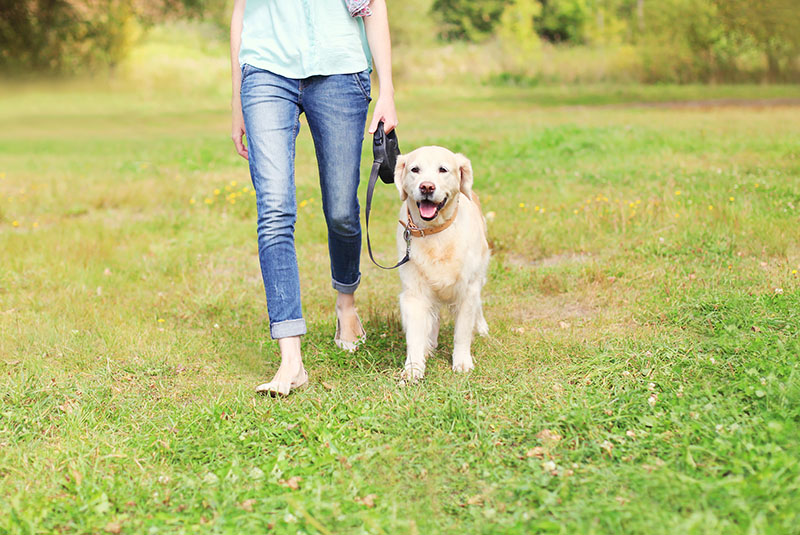Top 10 Must-Have Training Tools for New Pet Parents
Bringing a new furry friend home is an exciting time! To help your dog or cat learn the ropes and build a strong bond with you, having the right training tools is essential. Here are 10 items to get you started on the right paw:
For Both Dogs and Cats:
-
High-Value Treats: These are your pet’s currency! Small, soft, and irresistible treats will motivate your pet to learn and obey commands. Experiment to find what your pet loves the most.
- Tip: Use different levels of treats for different tasks – a basic treat for simple commands and a super high-value one for more challenging behaviors or distractions.
-
Clicker: This small device makes a consistent, distinct sound that can be a powerful marker for positive behavior. Click the instant your pet performs the desired action, followed immediately by a treat. This helps them clearly understand what they’re being rewarded for.
-
Target Stick: A target stick (often with a ball or soft tip) helps guide your pet into specific positions without physical manipulation. You can lure them with the target and then reward them when they touch it with their nose or paw. This is great for teaching stays, spins, and other tricks.
Specifically for Dogs:
-
Leash (6-foot, non-retractable): A standard 6-foot leash provides you with control and safety during walks and training sessions. Avoid retractable leashes for initial training as they can teach your dog to pull.
-
Collar or Harness: Choose a comfortable and well-fitting collar with an ID tag or a harness that distributes pressure evenly across your dog’s chest. For training, a front-clip harness can be helpful for managing pulling.
-

Top 10 Must-Have Training Tools for New Pet Parents Treat Pouch: Keep your high-value treats easily accessible during training sessions with a treat pouch that clips to your belt or waist. Quick access means you can reward your dog immediately for good behavior.
-
Long Line (15-30 feet): A long line is invaluable for recall training in a safe, controlled environment. It allows your dog to have more freedom while still being safely connected to you.
Specifically for Cats:
-
Cat Harness and Leash: If you plan to take your cat outdoors (which can be enriching!), a well-fitting harness and leash are crucial for their safety. Introduce the harness gradually and make it a positive experience.
-
Scratching Post or Pad: Redirect natural scratching behavior to appropriate surfaces by providing appealing scratching posts or pads. Reward your cat when they use them.
-
Interactive Toys: Toys that encourage movement and engagement, like wand toys or puzzle feeders, can be excellent training tools for cats, helping to focus their attention and reward them with play.
By having these 10 essential items, you’ll be well-equipped to start your pet training journey and build a strong, positive relationship with your new companion! Remember that patience, consistency, and positive reinforcement are key to successful training.














